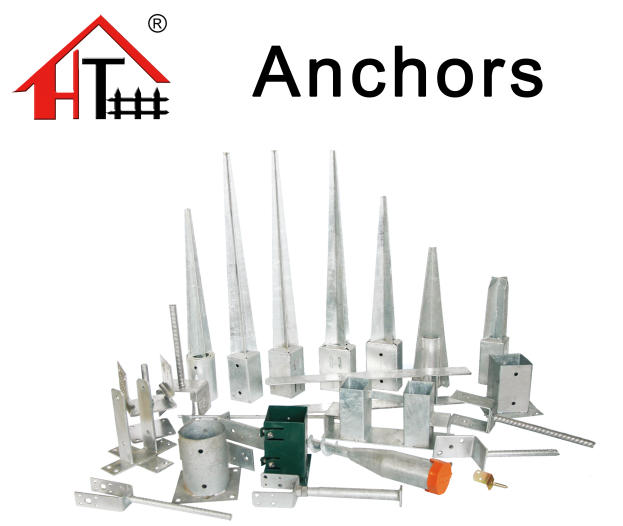Understanding Silt Fence Cost Per Linear Foot
Silt fences are an essential element in erosion control, particularly in construction and landscaping projects. They play a vital role in safeguarding the environment by preventing sediment from entering water bodies and preserving the quality of local ecosystems. When planning a project that involves earth disturbances, it's crucial to consider the cost implications of using a silt fence, particularly the cost per linear foot.
What is a Silt Fence?
A silt fence is a temporary sediment control barrier typically made from synthetic fabric supported by wooden or metal stakes. It is installed around the perimeter of a construction site to catch loose sediment during rain events and prevent it from washing away into nearby streams, lakes, or rivers. The effectiveness of a silt fence largely depends on its installation, the type of fabric used, and the site conditions.
Factors Influencing Silt Fence Costs
1. Material Quality The cost of a silt fence can vary significantly based on the quality and type of material used. Higher-quality fabrics that are woven or non-woven tend to be more durable and, consequently, more expensive. These premiums are often justified by the increased lifespan and effectiveness.
2. Installation Costs While some contractors may charge a flat fee based on the linear footage, others might add additional costs for labor. If installation requires heavy machinery or skilled labor, this can drive up the overall cost. DIY installation can save money if you're equipped and knowledgeable, but improper installation can lead to failures, necessitating additional investment.
3. Site Conditions The specific conditions of your project site can also affect costs. Steep slopes, rocky terrain, or sites with a high likelihood of significant stormwater runoff may require more robust fencing systems or supplementary measures, affecting overall expenditure.
silt fence cost per linear foot

4. Location Geographic location can impact material availability and labor costs. Urban areas often have higher labor rates and may have different regulations about silt fence installation, potentially increasing costs further.
5. Duration of Use If a project is expected to last several months or longer, this can influence the type and robustness of the silt fence needed. Temporary fencing may need to be replaced more frequently, increasing the per-linear-foot cost over time.
Average Costs
As of recent estimates, the cost of silt fences typically ranges from $1 to $3 per linear foot, depending on the factors outlined above. Basic silt fence fabric usually costs less, while more durable materials can significantly increase the price.
Additionally, installation costs may add another $1 to $2 per linear foot. Therefore, for a fully installed silt fence, you might expect to pay anywhere from $2 to $5 per linear foot in total. For extensive projects, these costs can accumulate quickly, so accurate budgeting and planning are crucial.
Conclusion
When budgeting for a construction or landscaping project, it's important to consider the costs associated with silt fences carefully. Though they may seem like an additional expense, the benefits of preventing sediment loss and protecting water quality can far outweigh the costs involved. Understanding the factors that influence silt fence costs per linear foot will help you make an informed decision that fits your project's specific needs. Investing in high-quality materials and professional installation may initially seem costly, but it ultimately promotes better environmental stewardship and may save money in the long run by avoiding regulatory penalties or environmental restoration requirements.
















